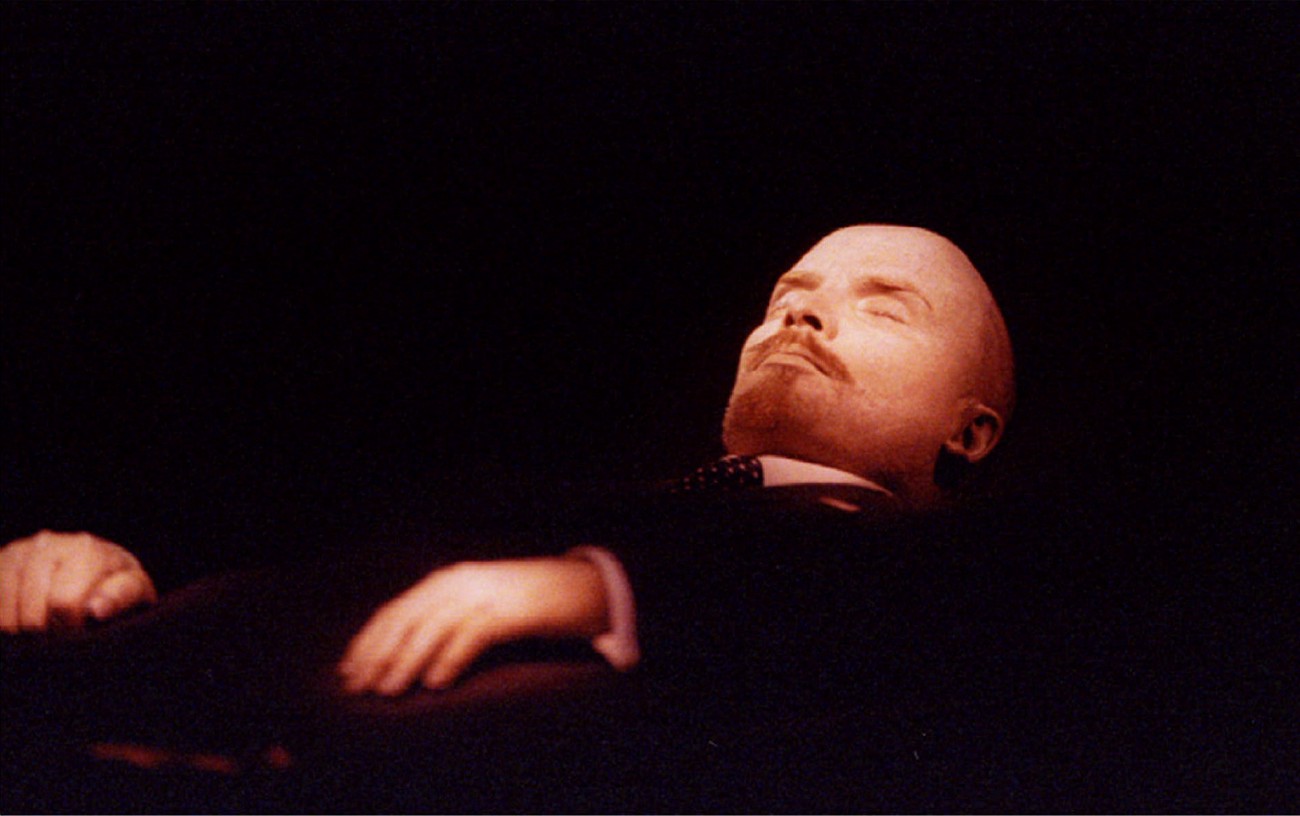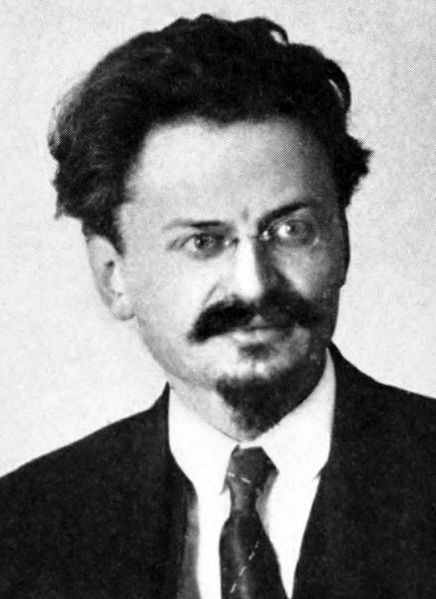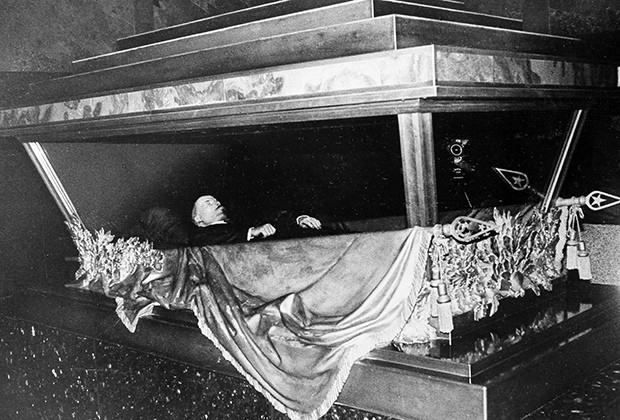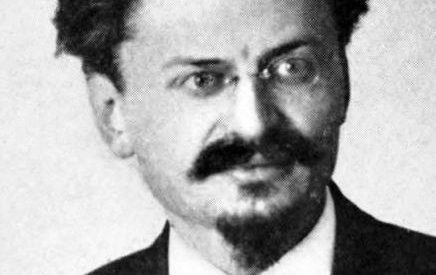The reason as well as the process of preservation over the years
 Vladimir Lenin?s body preserved in Lenin?s Tomb
Vladimir Lenin?s body preserved in Lenin?s Tomb
 Leon Trotsky
Leon Trotsky
Trotsky himself argued that the practice recalls the creation of ?relics? that Christians worship, something unimaginable in communist ideology. Nothing. Lenin was embalmed and exposed in the Red Square in Moscow. At first, the sarcophagus with Lenin?s embalmed body was placed in a relatively modest wooden structure, but by the summer of 1924, it had been replaced with a larger construction.
Hundreds of thousands of people lined up in long queues to visit the mummy ? in fact, this symbolized the construction: loyalty to the ideals of Marxism-Leninism, on which Russia was now based. According to statistics published by ?Russia Beyond?, annually, over 2.5 million people have passed through the ranks of the Bolshevik leader. However, in 1930, a monumental mausoleum, made of granite and marble, appeared in the Red Square, reminiscent of ancient temples.
The change of the host structure was also caused by the discovery of new embalming techniques, an issue that remained stringent. Initially, there was classic embalming, the internal organs were removed and the fluids drained, introducing instead a special solution that slows down the tissue decomposition process. But there were still problems, such as the appearance of black spots on the hands and face, the wrinkling and discoloration of some pieces of skin, the wetting of other parts.
For each, a solution was found, of course, and every year and a half Lenin was given a bath in such an embalming solution. And after 95 years of purification, today, only 23% of Lenin?s body is still in the sarcophagus, despite the fact that he has kept his physical features, skin elasticity and flexibility of the wrists.
 Vladimir Lenin in his mausoleum
Vladimir Lenin in his mausoleum
After three decades since the collapse of the Soviet Union, Lenin?s mummy is still in the middle of the Kremlin, from where he left only for a brief period, during World War II. In 1941, for fear of a German invasion of Moscow, Lenin moved to Tiumen, Siberia, but returned to the Moscow Mausoleum at the end of the war.
Today, his presence in the Russian capital continues to divide Russian society. The contestants of the communist regime buried him, not glorified in the Red Square. Another reason often cited is the high cost of maintaining the mausoleum. For example, in 2016, the Russian government allocated from the federal funds 13 million rubles (about $ 198,000) to keep Lenin looking like 53 years old. However, over 60% of Russians want his body removed from the Market, according to a poll quoted by ?Russia Beyond?.
President Vladimir Putin plays very carefully around Lenin?s Mausoleum: he evasively stated that the subject of the burial of the Bolshevik leader should be treated with care, so as not to ?divide society?. Vladimir Illy Lenin is difficult to bury, especially since the Russian Communist Party considers the Mausoleum a ?sacred place? and a historical monument of great value.



